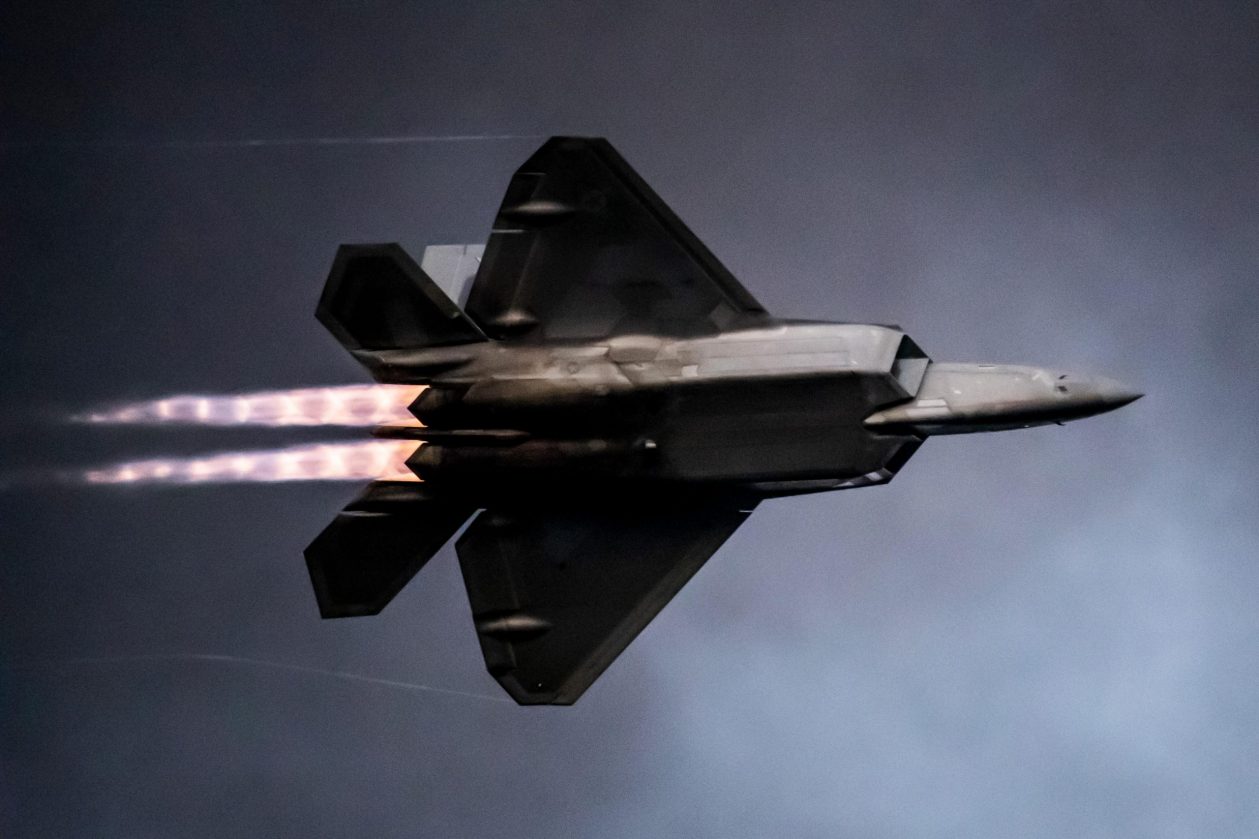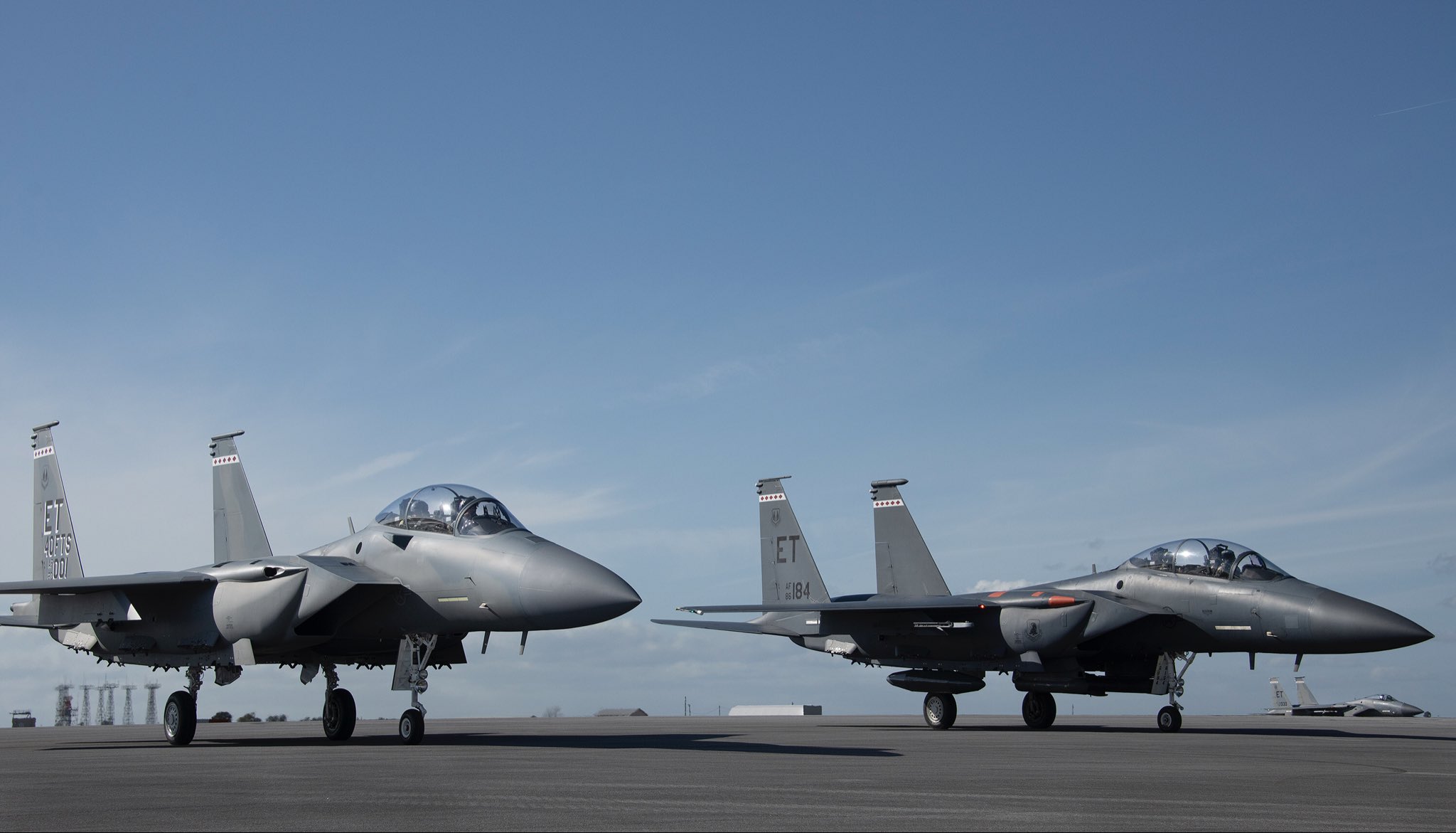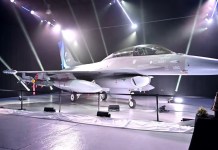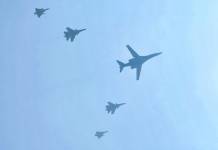The Pentagon has issued its most recent budget request, demanding a whopping $773 billion in overall funding for the fiscal year 2023. This is about $31 billion more than the current fiscal year’s total for the Department of Defense.
The proposed defense budget for Fiscal Year 2023 contains a range of major changes to the US Air Force’s airpower, including the elimination of 150 aircraft. This covers outdated A-10 Warthogs, F-22 Raptors, T-1 Jayhawks, and KC-135 Stratotankers.
In the planned 2023 budget, the Air Force would also procure fewer F-35A fighter jets and HH-60W Jolly Green II combat rescue helicopters. Furthermore, It would also seek to increase financing for the B-21 Raider bomber, the Next Generation Air Dominance program (NGAD), and the Airborne Warning and Control System, which would replace the aging E-3 Sentry.
The proposed budget for the Department of the Air Force, which includes both the Air Force and the Space Force, would jump by over 7% from the $182 billion authorized for 2022 to $194 billion.
The Air Force would receive around $169.5 billion of that budget. It contains $24.5 billion for the Space Force and $40.2 billion in “non-blue” spending, which is billed to the Air Force but covers classified programs outside the department.

According to Maj. Gen. James Peccia, the Air Force’s deputy assistant Secretary for budget, those figures indicate real increase of roughly 8% when compared to the Air Force’s request in FY22, and include a projected 2.2 percent inflation rate.
In a March 25 press conference, Air Force Secretary Frank Kendall said that the budget demonstrates the “transformation that we’re trying to achieve” to deal with the shifting security architecture.
Kendall stated that while Russia is still an “acute concern” and that North Korea, Iran, and violent extremist organizations are still a threat, the budget focuses mostly on China and its fast upgrading military as the “pacing challenge.” He also stated that the Air Force intends to build the groundwork for more reforms in the 2024 budget.
Aircraft On Way To The Graveyard
Kendall stated that the Air Force has to make “hard choices” in order to reduce its aircraft fleet. “We have to get rid of what I’ll call legacy equipment in order to have the resources to modernize,” Kendall said.
Aside from the 150 aircraft, the list of planes bound for the chopping block includes 119 planes whose retirements were earlier presented to Congress but not made public, according to an Air Force spokesperson.
The 150 aircraft, which were earlier mentioned, include many aircraft types that haven’t previously been divested. That means the Air Force plans to dispose of 269 planes in FY23, significantly more than the 200 jets it sought to retire last year.
The Air Force is considering retiring some A-10 Thunderbolt II assault planes once more. The proposed budget for 2023 calls for the Air National Guard to retire 21 A-10s in Fort Wayne, Indiana, and replace them with the same number of F-16s.
Kendall expressed his optimism that the A-10’s retirement will be uncontroversial, but the plane has survived previous fleet reductions. The Air Force wanted to retire 42 A-10s in 2022, but Congress barred them in the National Defense Authorization Act, despite permitting all other retirements requested by the service.
Though some have advocated for moving A-10s to Ukraine, Kendall believes the battle has indirectly demonstrated how the Warthog is outmoded and destined for retirement. A-10s were initially built to smash columns of Russian tanks approaching Europe during the Cold War.
According to Kendall, Ukraine’s ground-based tactical air defenses have proven to be extremely successful against Russia, preventing them from gaining air supremacy and conducting aerial operations. While the A-10 is powerful, it is also slow and vulnerable to such defenses.

The Air Force also intends to retire 33 Block 20 F-22 jets, which, according to Kendall, are primarily utilized for training and aren’t combat-capable. Maj. Gen. James Peccia, estimated that making the F-22s ready for battle would cost $1.8 billion over eight years, making it incredibly expensive.
Instead, he added, the Air Force will divert $1.5 billion that would have gone toward the F-22s to modify F-35s and modernize existing F-22s. Some of the funding will also go toward the NGAD family of systems, according to the Air Force.
There are a total of 186 F-22s in the Air Force, 36 of which are Block 20s. If all retirements are authorized, the Raptor fleet will be reduced to 153 aircraft. Kendall said he doesn’t expect any more F-22s to be retired until the NGAD is ready to take its place.
According to Kendall, the Air Force plans to transfer 100 of its more than 300 MQ-9 Reapers to “another government agency.” Generally, such rhetoric is used to characterize the CIA or other secret government agencies.
The Air Force is also proposing to retire eight of its E-8C JSTARS aircraft that provide data on ground targets to the combined fleet, keeping only four JSTARS in service, which will retire in FY24.
In addition, the Air Force plans to retire 15 E-3 Sentry airborne warning and control planes (AWACS) that detect, identify, and track airborne targets. The Air Force currently has 31 AWACS planes in its inventory, which will be decommissioned once a successor aircraft is developed.
The Air Force also plans to retire ten older C-130H Hercules cargo planes at Maxwell Air Force Base in Alabama. The addition of four new C-130J Super Hercules to the service’s C-130 fleet will bring the total number of C-130s to 271. The Air Force plans to buy five MC-139 Grey Wolf helicopters to replace the decommissioned C-130Hs in 2023.
The Air Force also plans to retire 50 of its 177 T-1 Jayhawk twin-engine jet trainers, citing a shift in the service’s multi-engine training strategy, according to Kendall.
Procurement Plans
The Air Force also wants to buy 33 F-35As, down from the 48 it requested last year. Kendall stated that the Air Force reduced its F-35A procurement to free up funding for the development of NGAD, the ongoing development of an upgraded engine for the F-35, and the rapid deployment of the F-15EX.
The budget also includes 15 F-35Bs and 4 F-35Cs for the Marine Corps, and 9 F-35Cs for the Navy.
The Air Force seeks $2.7 billion to buy 24 F-15EX jets in 2023, more than double the number it requested in 2022. Last year, Congress finally gave the Air Force permission to purchase 17 F-15EX fighter jets.
According to Kendall, adding more F-15EXs will allow the service to replace aged F-15Cs more swiftly. The F-15EX has a larger weapon load than the F-35, making it ideal for homeland defense and some defensive counter-air missions overseas.

Kendall voiced unhappiness with the F-35’s recent progress, saying he wants to see “real progress being made in the development side” and have Block 4 completed. He pointed out the performance of Technology Refresh 3, a software upgrade for the F-35’s computing systems, as “not what we wanted.”
However, he highlighted that the F-35A would continue to play an important role in the Air Force’s fighter force for many years and that the Air Force’s aim of purchasing 1,763 fighters remains intact.
According to Peccia, the military requested $1.65 billion for the Next Generation Air Dominance program, a $133 million increase that primarily funds improved sensors and resilient communications equipment linked with the sixth-generation fighter.
The Air Force also set aside $113 million for “advanced collaborative platforms,” which are the Air Force’s new terminology for “Loyal Wingman” style drones that will complement the NGAD and the B-21.
The B-21 Raider program entered the procurement phase this year with a $1.7 billion request, however, Peccia did say how many stealth bombers would be procured for that amount, as reflecting the program’s confidentiality.
The service will spend $2.8 billion on extra 15 Boeing KC-46 tankers. It will also resume purchase of the Boeing MH-139 Grey Wolf helicopter, which was put on hold in FY22 while the service tried to get the helicopter licensed by the Federal Aviation Administration.
- Contact the author at ashishmichel@gmail.com
- Follow EurAsian Times on Google News




